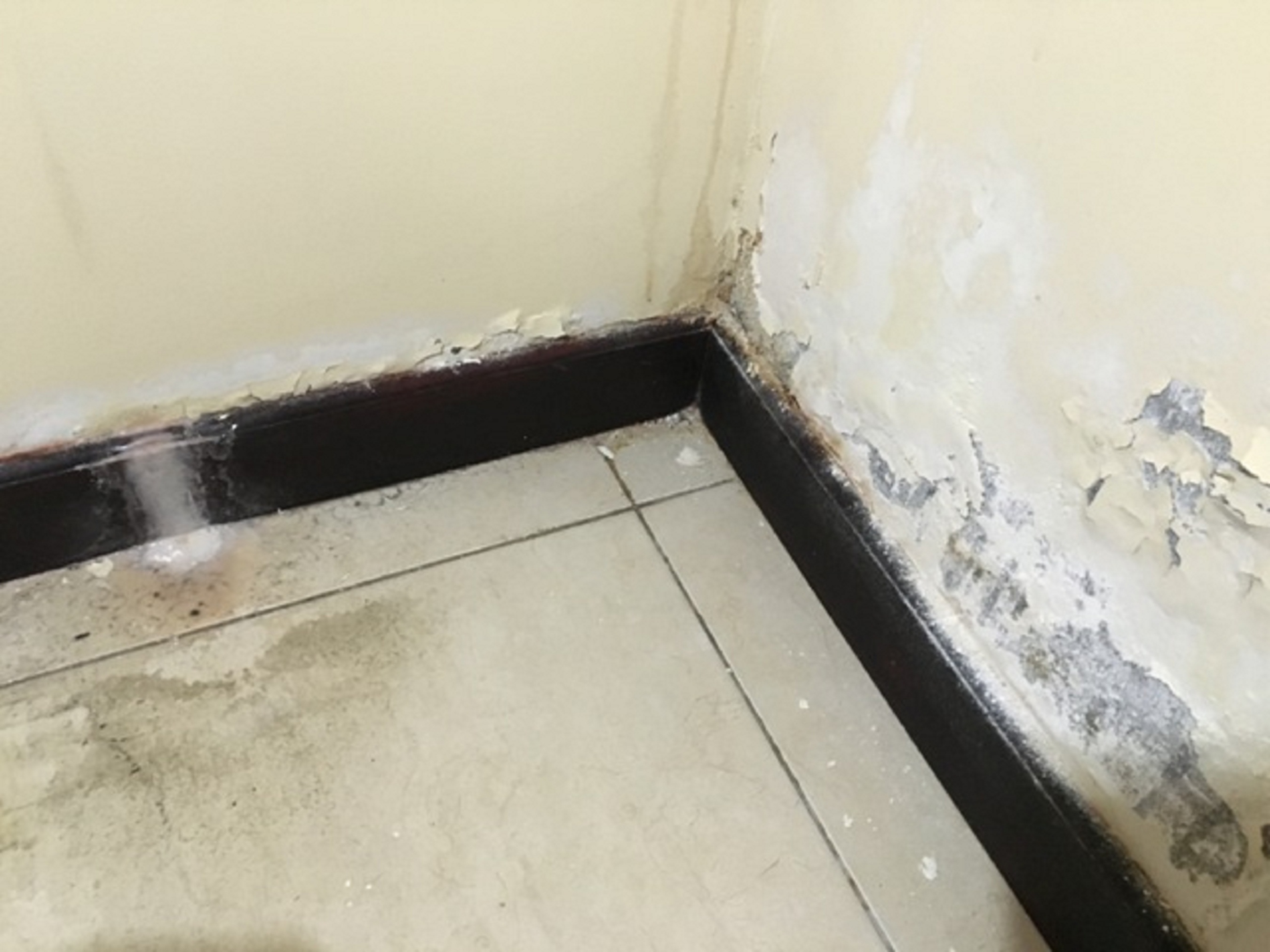Just how do you actually feel when it comes to How to Repair and Prevent Bathroom Water Damage?

The bathroom is exceptionally prone for moist accumulation and also possible water damage due to the constant use water in it. This short article offers straightforward examination methods to assist detecting water damages hazards.
The constant use of water in the bathroom makes it exceptionally prone for moist buildup as well as potential water damages. By checking it routinely, you can reduce water relevant damages.
The adhering to set of inspections is simple to perform as well as should be done as soon as in every three months in order to maintain your shower room in good shape as well as to prevent possible water damages triggered by the bathtub, the shower, pipeline joints and plumbing, sinks, cupboards, and the commode
Do not overlook executing these evaluations as well as be thorough while doing them. Keep in mind that these straightforward assessments can save you a great deal of money by giving very early indications for water damages
Bathtub as well as Shower
The shower and also bathtub need special interest and also maintenance. Inspect the tiles and change if cracked. Ensure that there is no missing out on grout in between the floor tiles. Examine and also replace broken caulking at joints where the wall surfaces meet the floor or the bath tub. Clogged drains and also pipes issues will certainly prevent the tub from drying out and also may suggest significant problems below the bath tub. Consult with an expert quickly to prevent structural damage. Focus on stainings or soft areas around the tub wall surfaces as they may suggest an inner leak.
Plumbing
Signs for water damages are tough to spot considering that the majority of pipelines are mounted inside the walls.
Pay special interest to floor covering and also wall surfaces moisture and spots as they may suggest an unseen plumbing trouble. Check moisture levels in adjoining spaces also.
Sinks and also Cabinets
Sinks and also closets are exposed to moisture and humidity everyday as well as are commonly neglected. Examine on a regular basis under the sink and also on the kitchen counter above it. Repair any type of drip in the trap as it might recommend drainpipe troubles. Look around the sink, slow draining pipes might indicate a blocked drain. Replace sink seals if they are split or loosened.
The Commode
The commode is an at risk water joint. Check the water lines and search for leakages around the commode seat, in the tube, and under the water tank. If you spot any indications of wetness on the floor around the bathroom, check for leaks in the toilet rim as well as storage tank seals.
Understand that hanging bathroom bowl deodorants enhances the possibilities for blockages.
How to Prevent Water Damage in Your Bathroom?
Water damage repair is an expensive, meticulous, and lengthy process. Unfortunately, bathrooms are the most susceptible rooms to water damage due to toilets, showers, and sinks. Pipes and fixtures wear out over time and are not immune to damage. But all is not lost, as there are ways to prevent water damage from occurring in your bathroom.
Check Your Plumbing
Nothing lasts forever, especially pipes, which can rust and begin leaking over time. You should periodically conduct pipe inspections and pay attention for any musty smells or water stains that may indicate you need water damage repair. Here are some things to check:
Frequently test valves for your toilet, shower, and sink to ensure they are properly working. Check faucet supply lines hidden under vanities and replace when needed. Replace cracked or deteriorating caulking along sinks, tubs, and showers. If you notice a clog in your sink, call in a professional. Since you can’t check the pipes in the wall, keep an eye out for stains, drywall bubbling, musty smells, and excess moisture; if the bathroom is on a second level, check the ceiling of the room directly below for these signs. Don’t Overwork Your Toilet
One of the most common reasons bathrooms need water damage repair is due to overflowing toilets. Save yourself the hassle of cleanup by being mindful and not pushing your toilet to extreme limits. If you have young children, it is especially important to keep an eye on them when they are in the bathroom and to teach them how to avoid clogging the toilet. Here are some more tips to help prevent your toilet from overflowing:
If you have a septic tank, only use septic-safe toilet paper Do not flush anything down the toilet besides toilet paper; items like diapers and sanitary napkins will clog the piping Pay attention to your toilet’s water level: If it’s low, it could mean it is partially clogged or that there is a crack in the toilet bowl Maintain Your Shower/Tub
Replace showers or tubs with cracks or other damage; even hairline cracks can allow water to seep in and cause damage. Grout and caulk help prevent water from seeping into walls and floors, so repair them if they are chipped, cracked, or deteriorating. Replace torn shower curtains or shower doors with seals that no longer work. Dry the floor and drain water from the tub immediately after use to prevent damage from sitting water. https://www.alure.com/home-improvements-blog/resources/how-to-prevent-water-damage-in-your-bathroom

We had been made aware of that write-up about How to Fix a Water Damage Bathroom through someone on our other blog. I beg you take the opportunity to share this write-up if you enjoyed reading it. We cherish reading our article about Looking for Signs of Water Damage in the Bathroom.
Schedule A Free Estimate